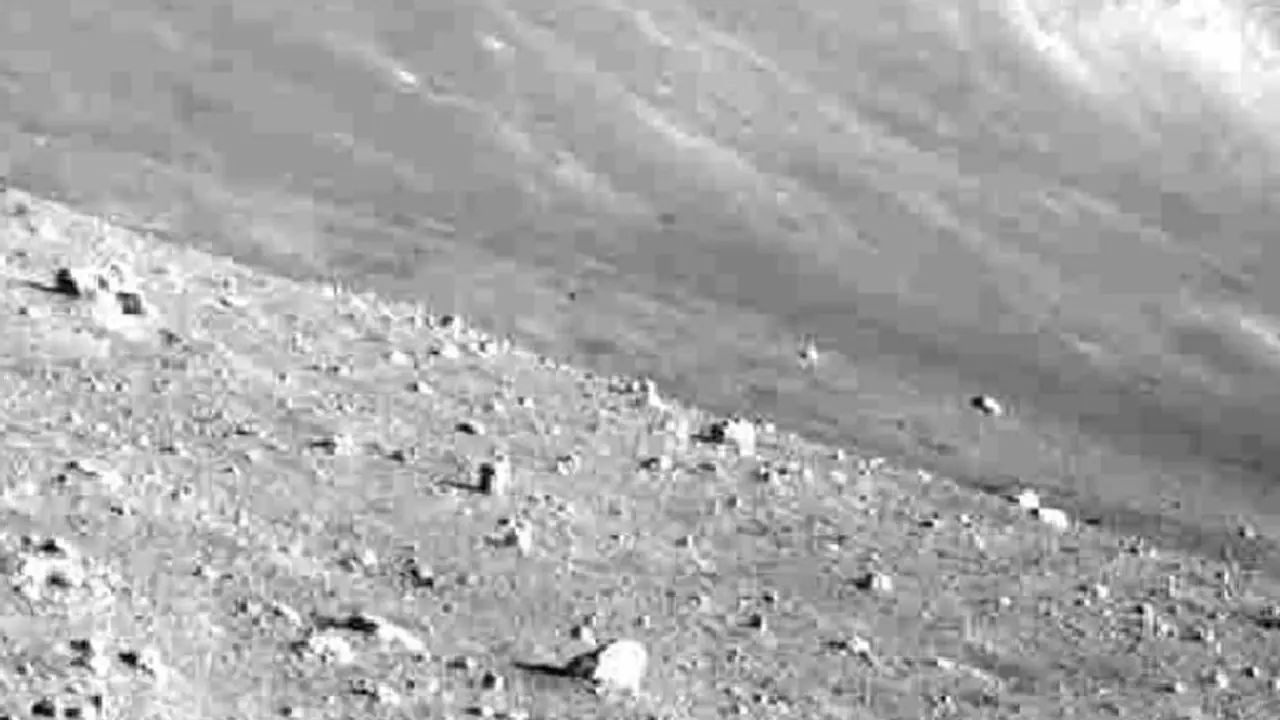"We received a response from SLIM last night and confirmed that SLIM had successfully completed its second overnight," the Japan Aerospace Exploration Agency (JAXA) said in a post on the official X account for its Smart Lander for Investigating Moon (SLIM) probe.
Japan's unmanned lunar lander has awakened after enduring its second frigid, two-week lunar night, transmitting fresh images back to Earth, announced the country's space agency on Thursday. "We received a response from SLIM last night and confirmed that SLIM had successfully completed its second overnight," the Japan Aerospace Exploration Agency (JAXA) said in a post on the official X account for its Smart Lander for Investigating Moon (SLIM) probe.

"Since the sun was still high in the sky last night and the equipment was still hot, we recorded images of the usual scenery with the navigational camera, among other activities, for a short period of time," it added.
A monochromatic image depicting the rocky expanse of a crater accompanied the post on X, previously known as Twitter.
In January, the SLIM lander made a touchdown at an awkward angle, causing its solar panels to face the wrong direction.
Approximately three hours after landing—marking Japan as the fifth nation to achieve a lunar touchdown—JAXA opted to power down SLIM with only 12 percent remaining, leaving the possibility for a potential revival later.
With the changing angle of the sun, the probe reactivated in late January for a brief period of two days, conducting scientific observations of a crater using its high-spec camera.
However, the spacecraft wasn't built to withstand the freezing lunar nights, which last for a fortnight and see temperatures plummet to minus 133 degrees Celsius.
Therefore, scientists at the space agency had reason to celebrate when the spacecraft was successfully revived in late February following its initial lunar night.
JAXA has affectionately nicknamed SLIM the "Moon Sniper" due to its precise landing technology.
The primary goal of the mission is to investigate a segment of the Moon's mantle—the typically inaccessible inner layer beneath its crust.
Thursday's announcement followed news about an uncrewed American lander named Odysseus, which, according to its manufacturer, failed to awaken. This lander, the first private spaceship to successfully touch down on the Moon, remained unresponsive even after its solar panels were expected to receive adequate sunlight to activate its radio.
